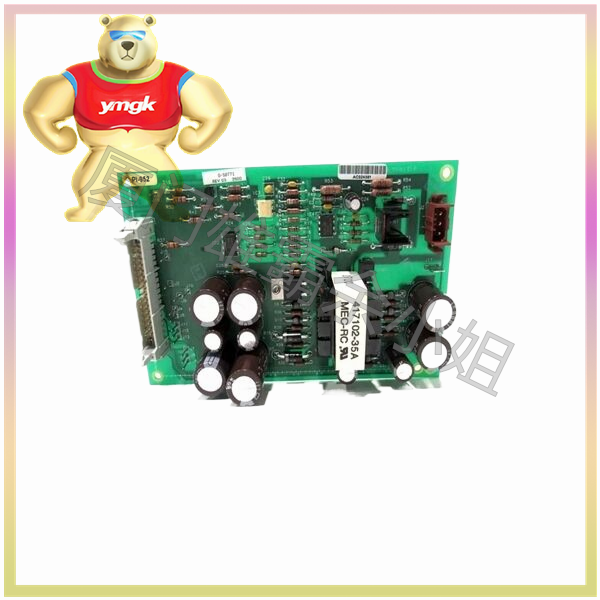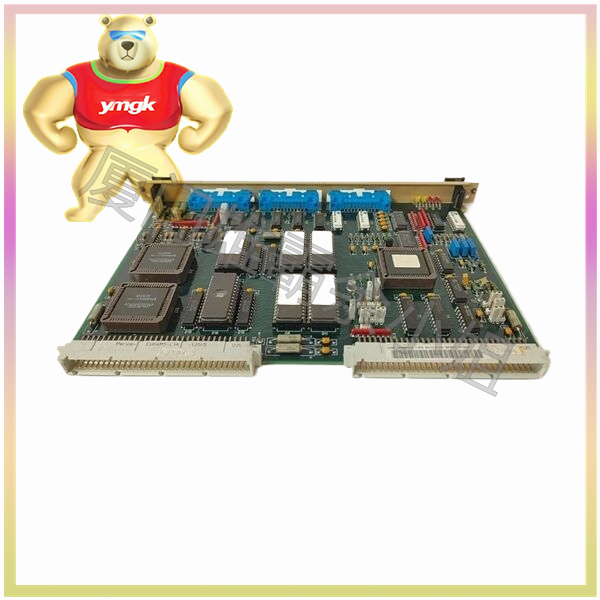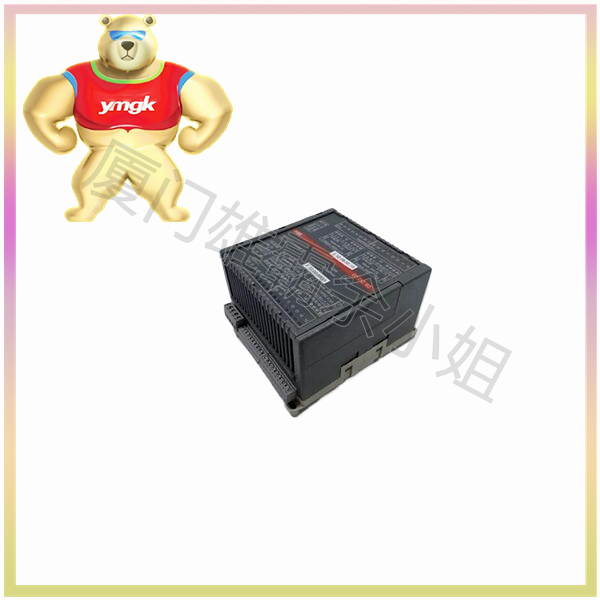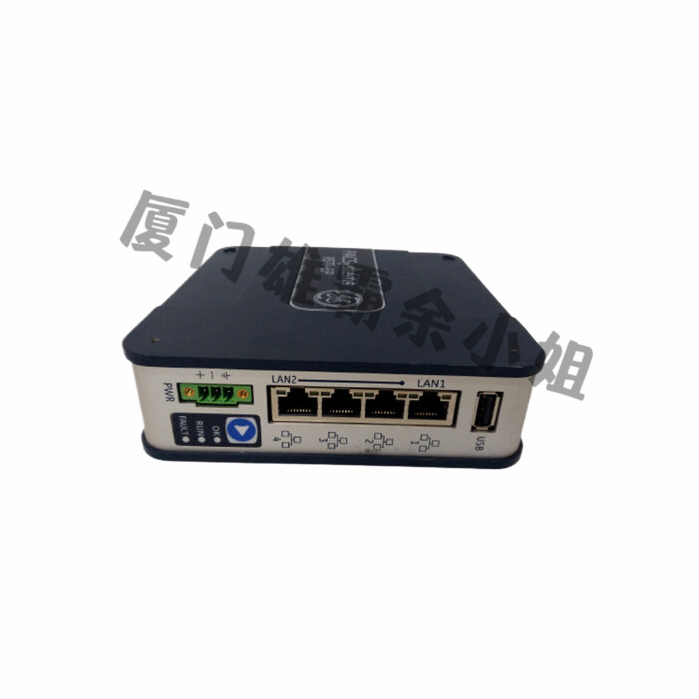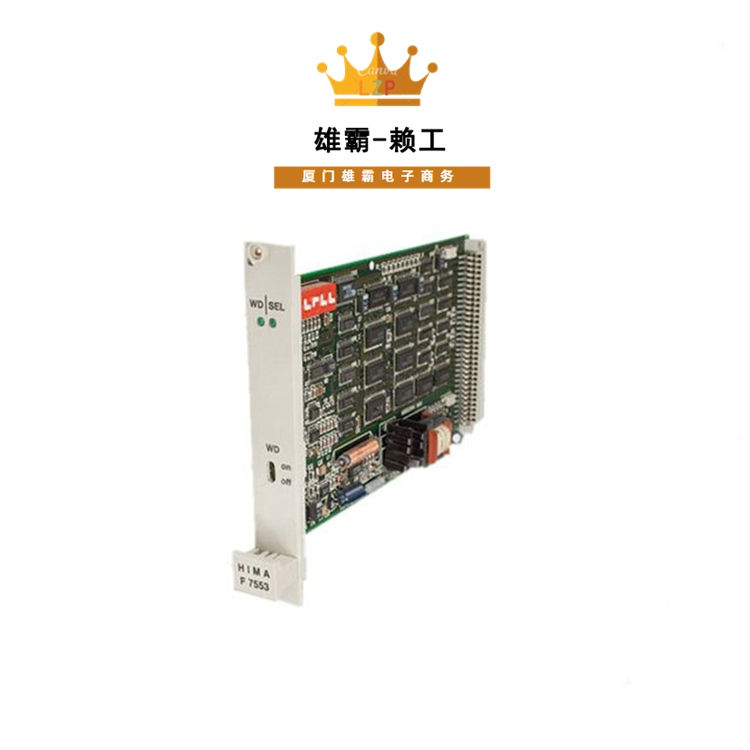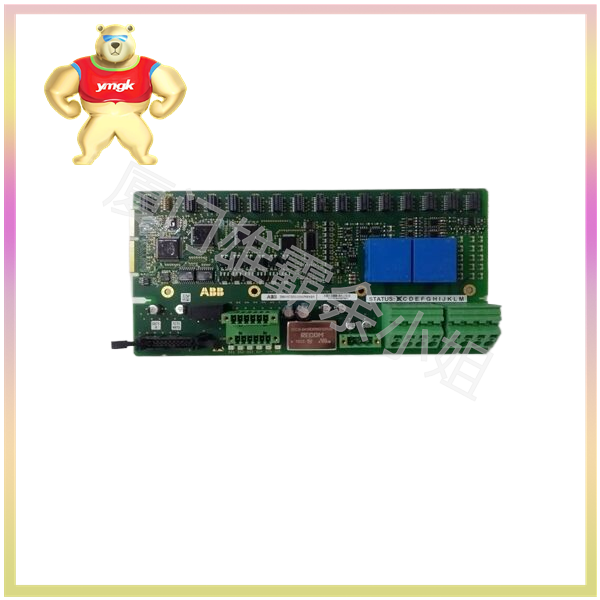PLC (Programmable Logic Controller) is a digital operational electronic system designed specifically for use in industrial environments. It uses programmable memory to store operational instructions such as logical operations, sequential control, timing, counting, and arithmetic operations, and controls various types of machinery or production processes through digital and analog inputs and outputs.
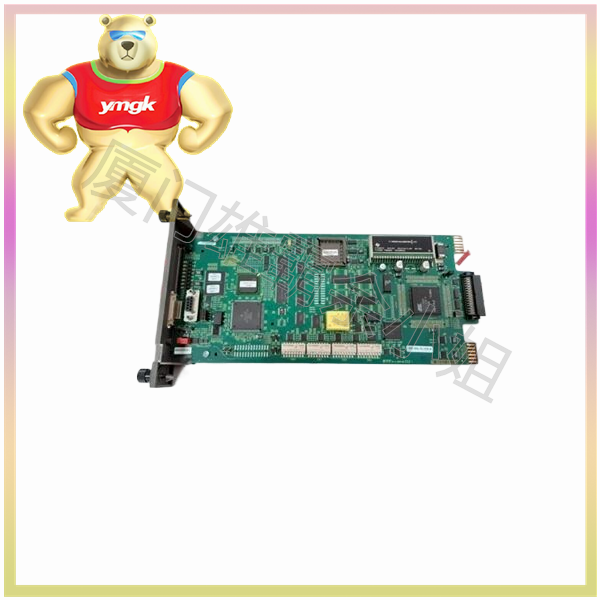
Usually, PLC programs are designed and written by equipment manufacturers and stored in PLC memory, including system diagnostic programs, input processing programs, compilation programs, information transmission programs, and monitoring programs, in order to achieve automated control of various mechanical equipment. Its working principle can be divided into the following steps:
- The input module of PLC can receive digital and analog signals from sensors, buttons, switches and other devices.
- The central processing unit (CPU) of PLC receives input signals and processes them according to the logic of the program.
- According to the logic of the program, the output module of PLC can generate digital and analog signals for controlling equipment such as motors, valves, lights, etc.
- The CPU of the PLC will continuously loop through the program, receive input signals, and generate output signals based on the logic of the program to achieve repetitive production control actions on site.

